The designers making life better at an asylum centre
Find and execute a design concept that solves a concrete problem, with minimal resources, in one month, inside a transit centre for asylum seekers. That’s the challenge facing students at the Zurich University of the Arts. (Carlo Pisani, swissinfo.ch)
The students are on an unusual four-week course as part of a longer study programme. In this time they work on small projects to try and make life a little better, or easier, for the asylum seekers living in a large exhibition-centre hall in Zurich, which has been turned into temporary accommodation.
A trade-fair hall converted into living space
The setting for the course is a transit centre in Zurich Oerlikon, north of the city centre, which opened at the beginning of 2016. To respond to a shortage in accommodation, authorities repurposed a trade-fair hall (called Halle 9), by building 62 small housing capsules out of light wood, each of which houses four people. The people who live there are asylum seekers, young men and families, mostly from Eritrea, Afghanistan and Syria.
The living set-up is an “exceptional situation” according to Thomas Schmutz, head of communication at the Zurich Asylum Organisation (AOZExternal link), a public, independent, institution of the city of Zurich. Normally in the city of Zurich asylum seekers are housed in apartments rented out by the AOZ or by the asylum seekers themselves.
“In Switzerland, in the last three years, about half of all applicants for asylum have received a protective status, which means either a provisional admission or a formal recognition as refugee,” ,” said Schmutz.
What does the course involve?
The interdisciplinary module is the brainchild of Karin Seiler, Head of Bachelor Scientific Visualisation and Antonio ScarponiExternal link, an architect and designer from Italy who has been living and working in Zurich since 2009.
In the first week, students have to find the problem they’re going to try and solve. In the second, they develop their idea; and in the third they start making their end product.
The inhabitants of the transit centre have to be involved in the whole design phase. Throughout the process students also have to try to boost the scarce budget they have been given by seeking sponsorships in kind.
Students and asylum seekers work together
The course participants are young bachelor students with different academic backgrounds, ranging from product to fashion design, and scientific illustration. It’s hoped that the experience means they can gain wider knowledge from different fields.
Working in such an unusual context is also something special about the course, that should push the students out of their comfort zone. The working hypothesis behind the group organising the course is that the students can gain practical experience in a field that appears tough at first, but can reap valuable results.
Scarponi says he was surprised to see the energy his students have put in and the will they have to accomplish something extremely concrete.
Employees from the AOZ accompany the interaction between students and residents. They enable communication across language and cultural barriers and make sure that the course is a mutually profitable experience for both the students and the centre’s residents.
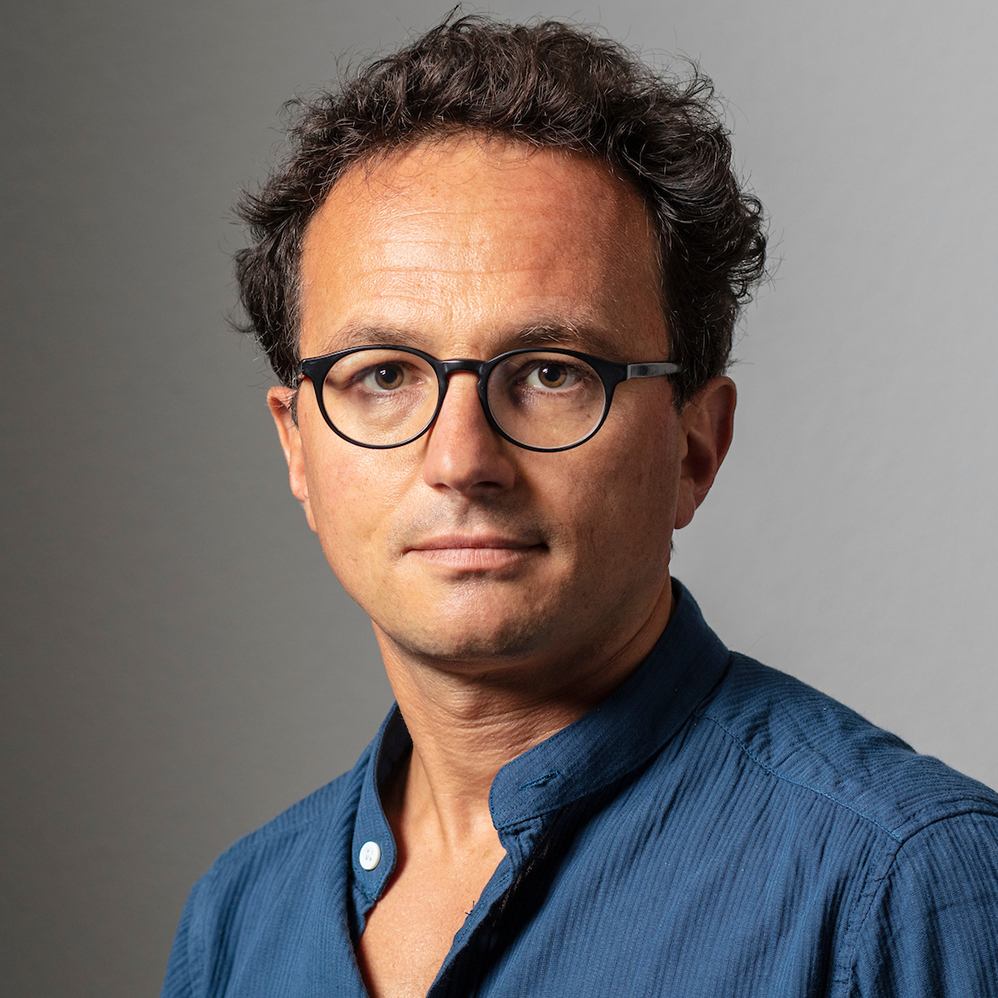
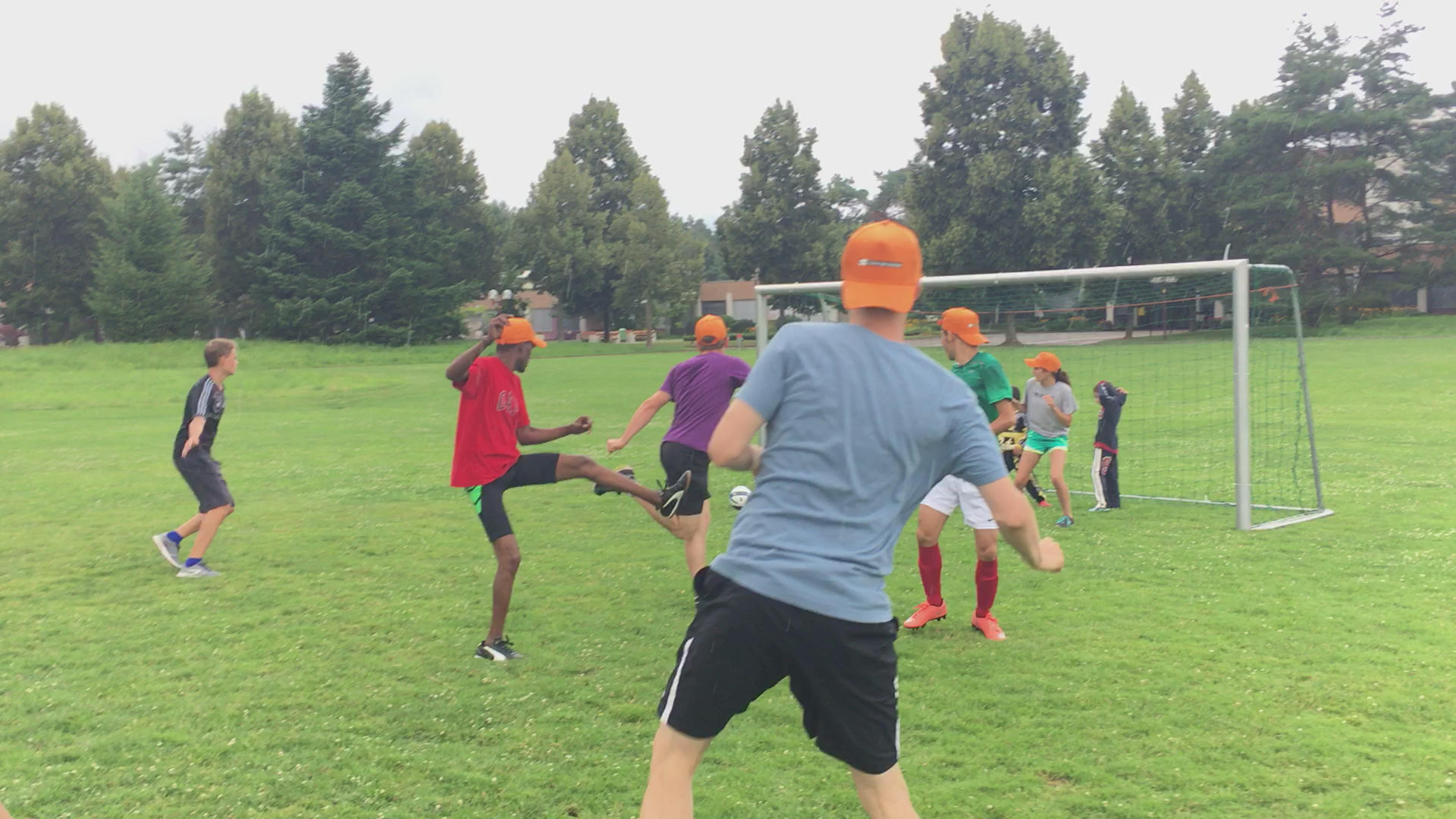
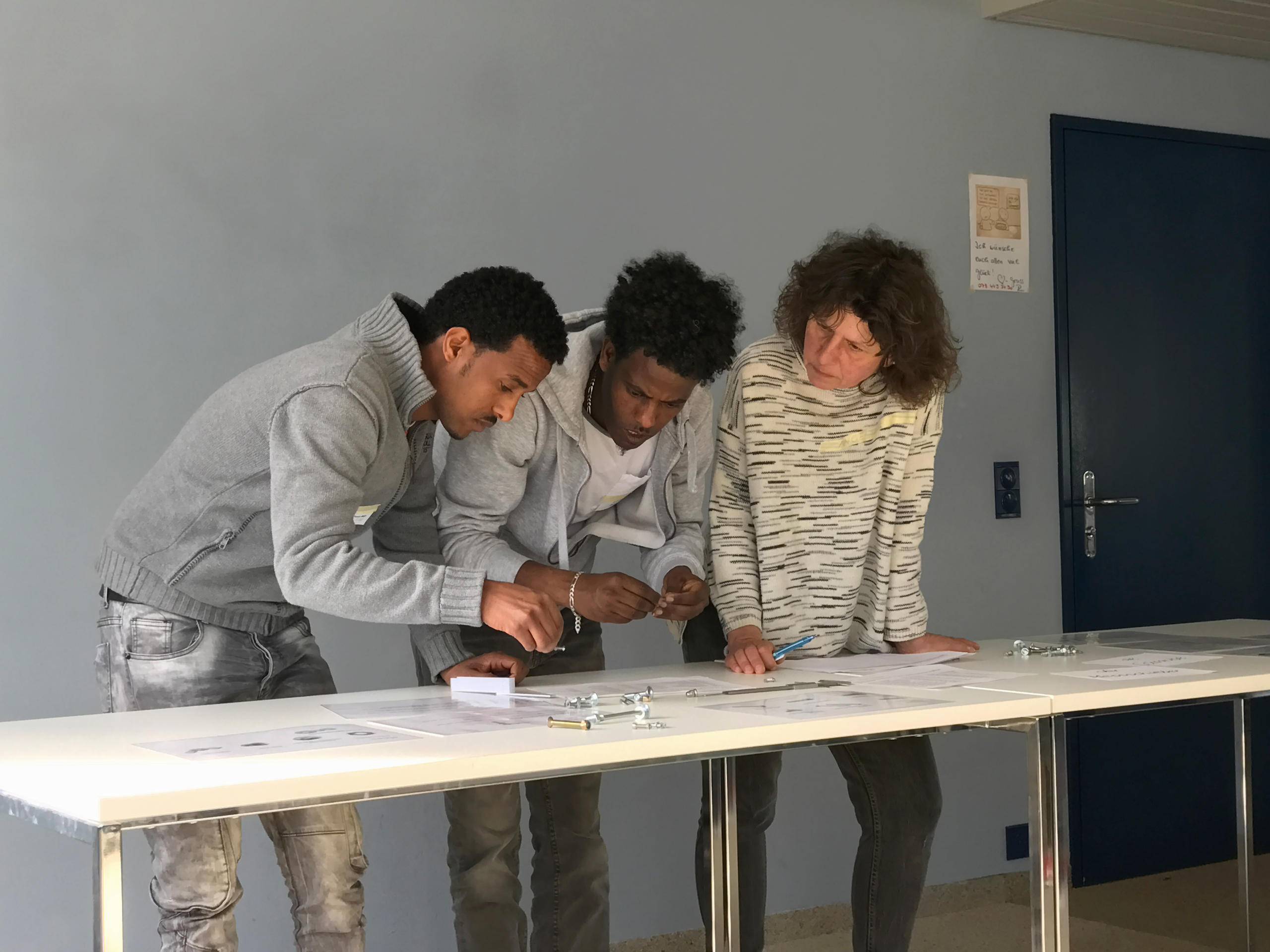
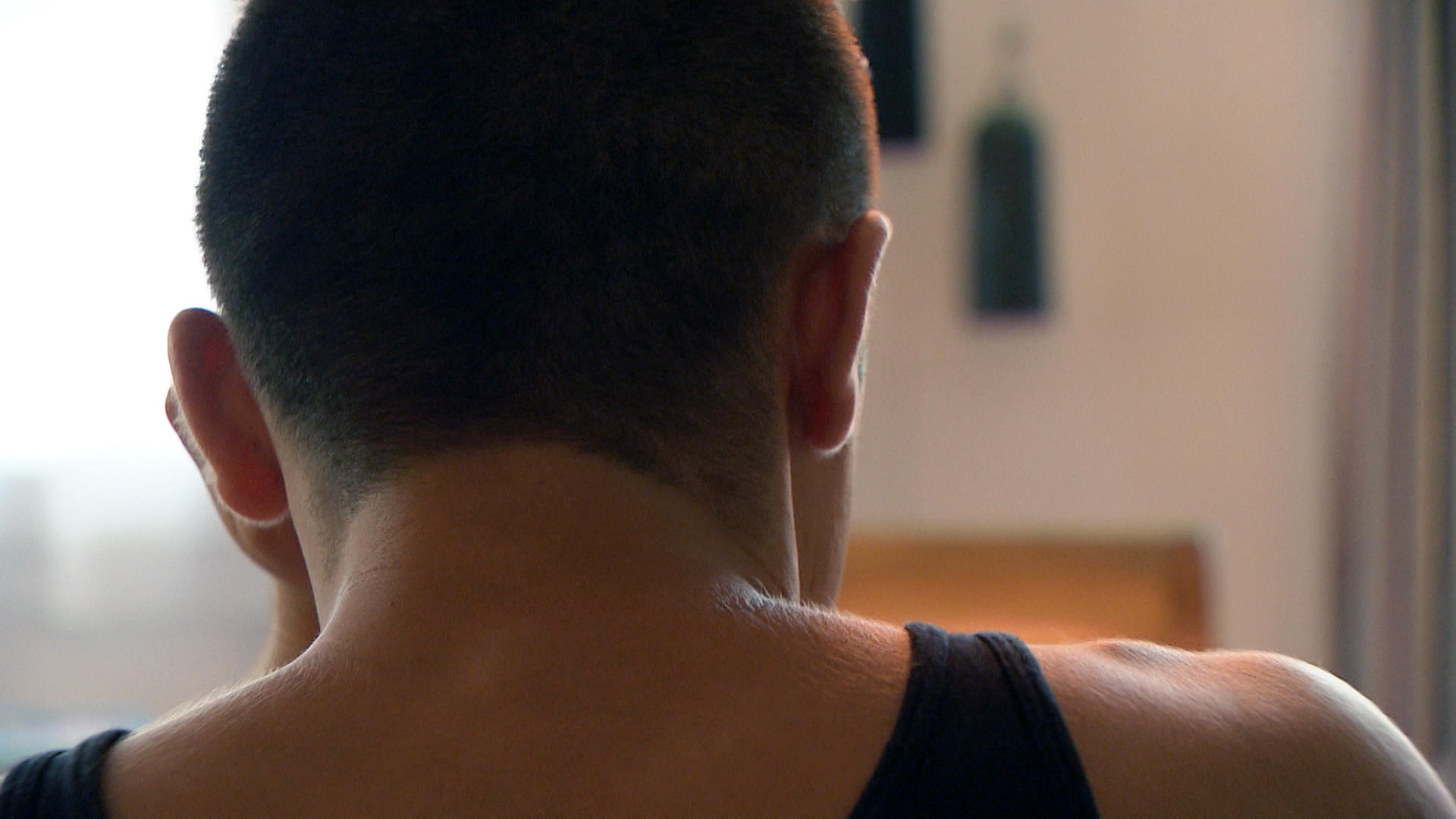
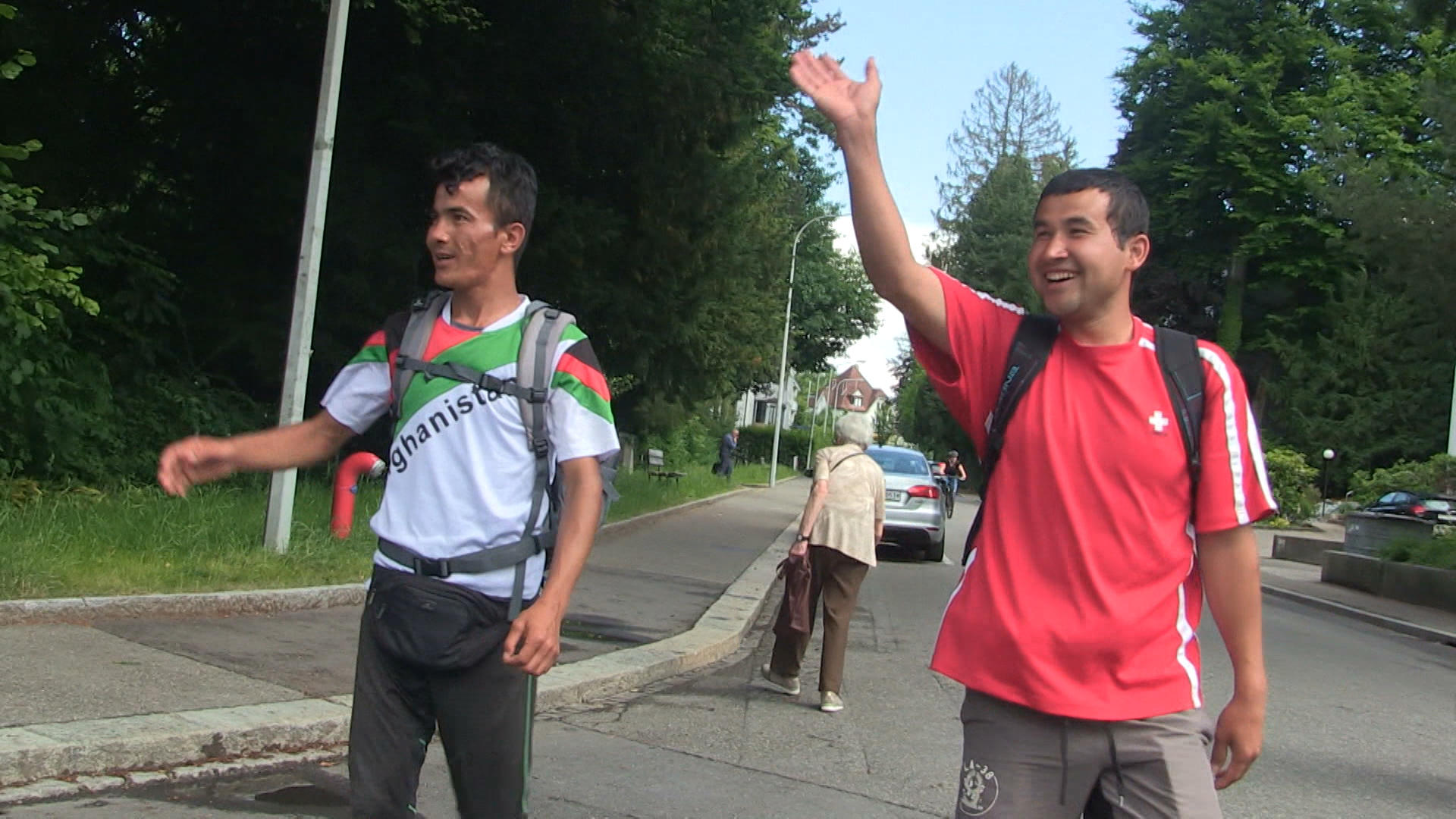
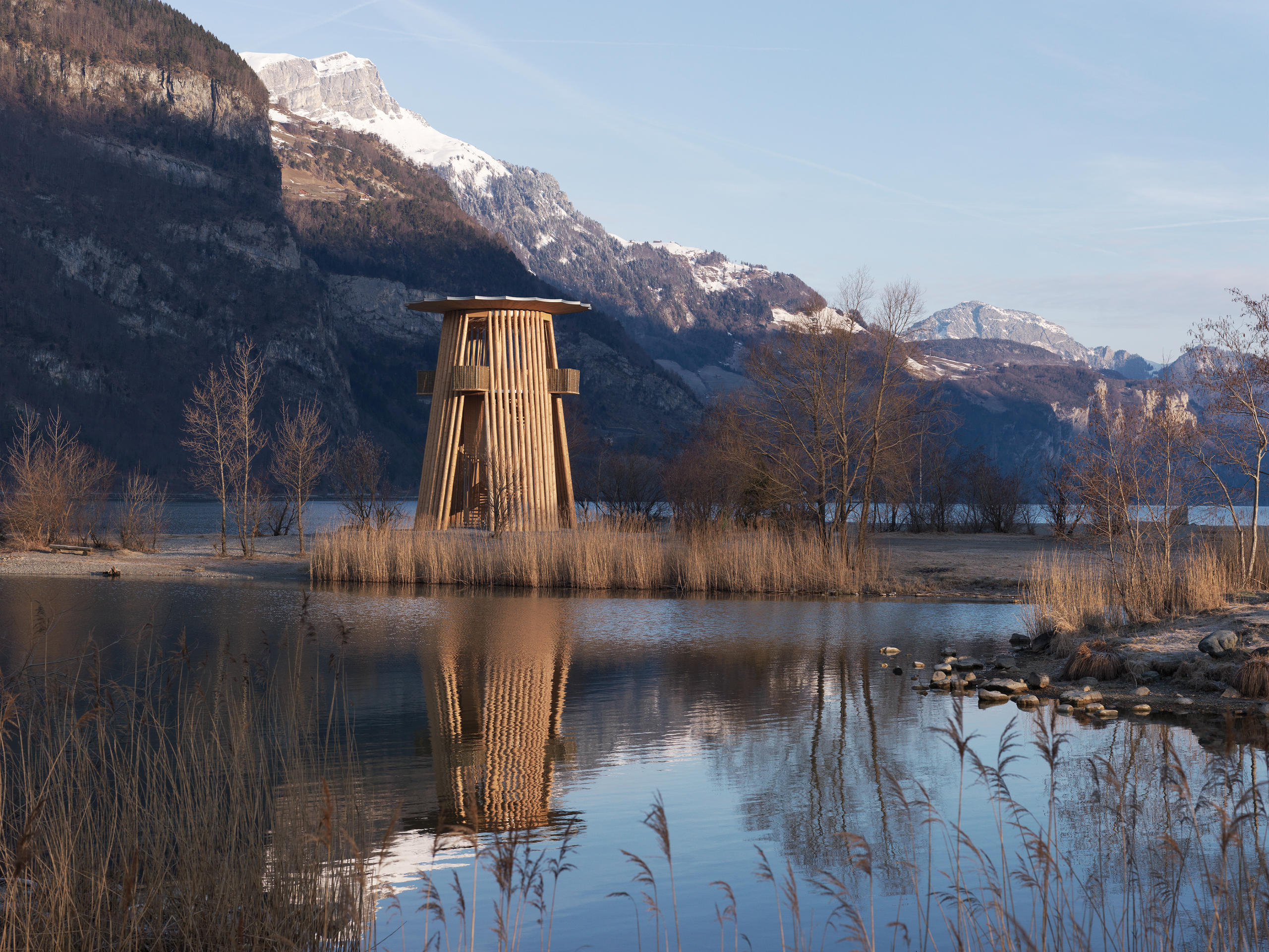
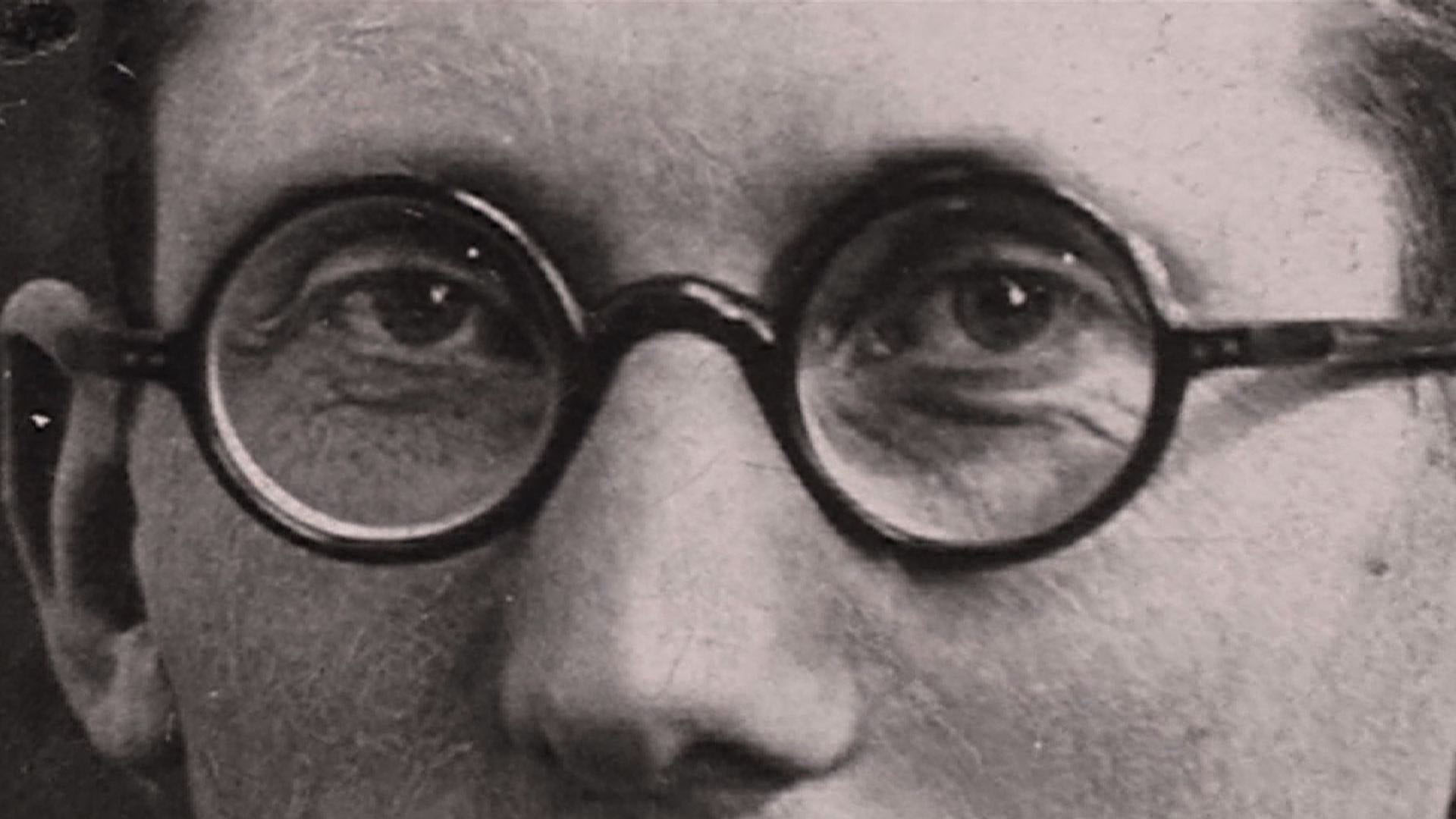
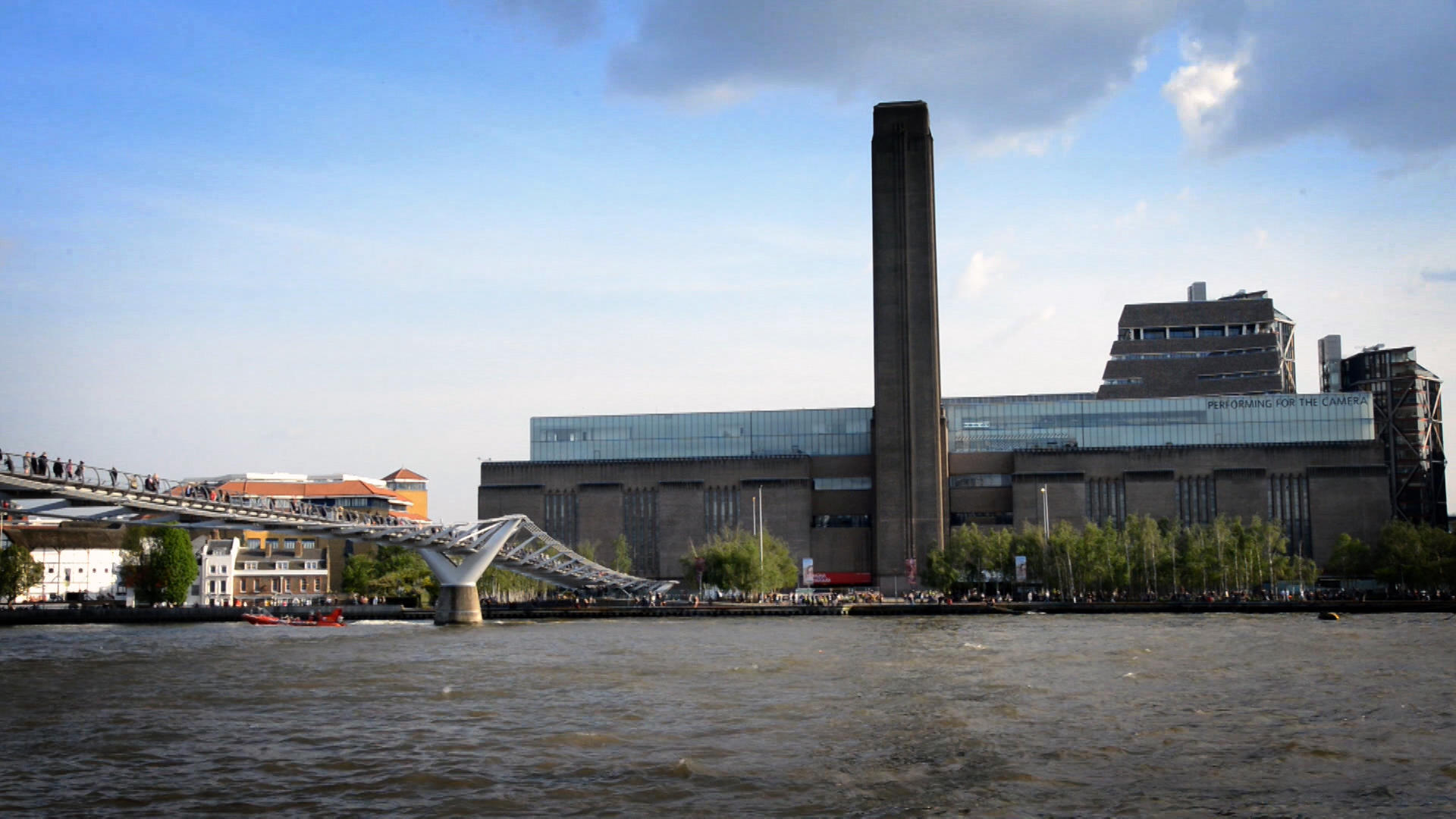
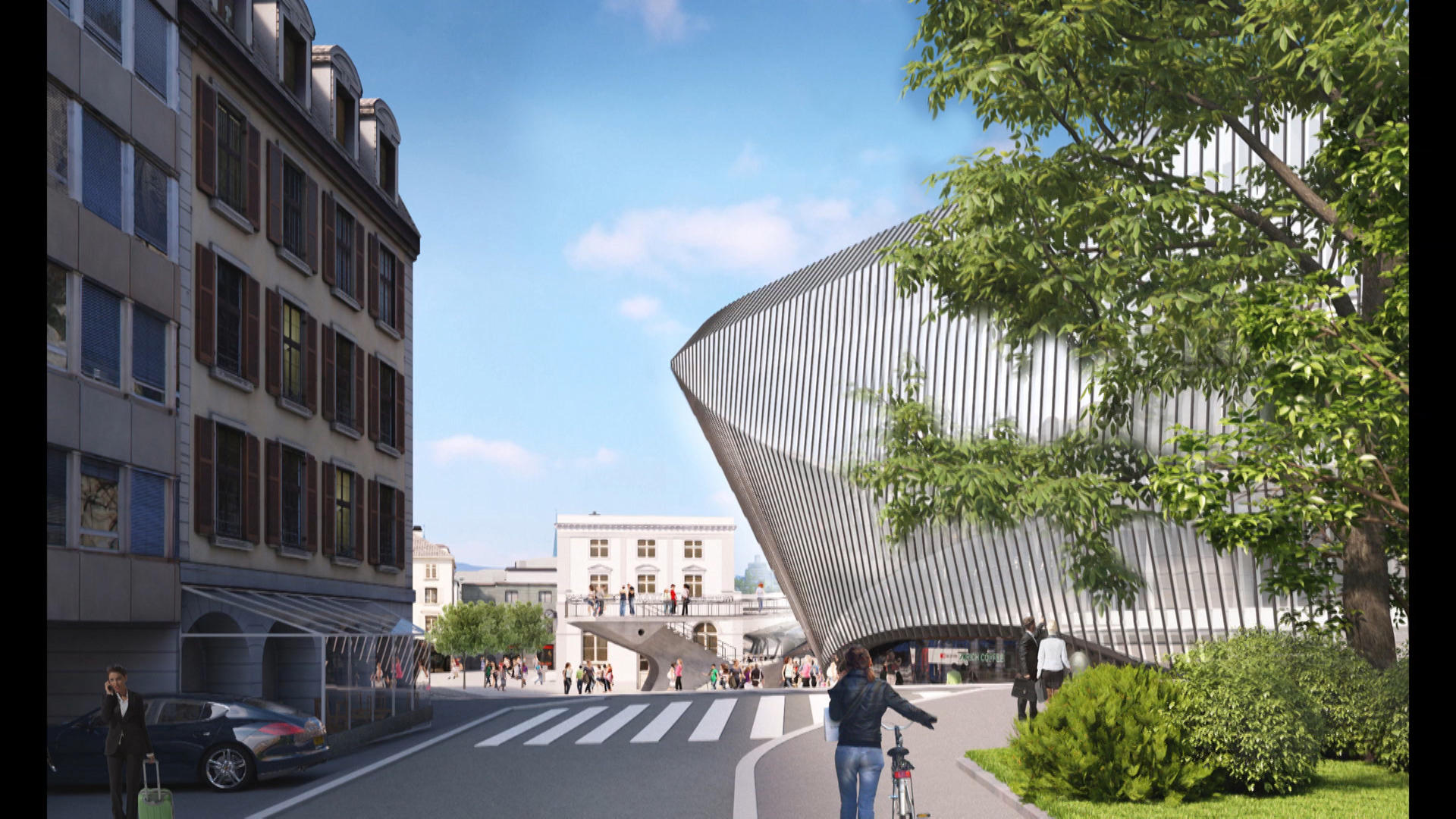
You can find an overview of ongoing debates with our journalists here. Please join us!
If you want to start a conversation about a topic raised in this article or want to report factual errors, email us at english@swissinfo.ch.